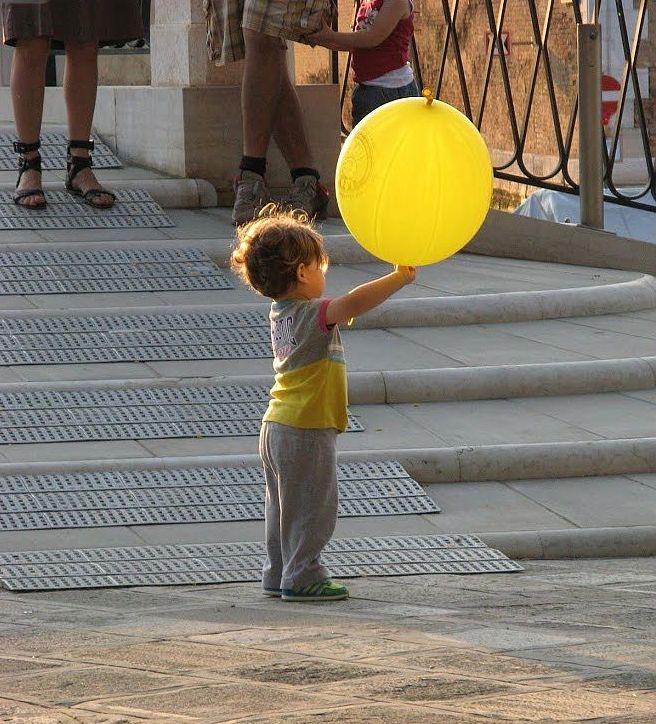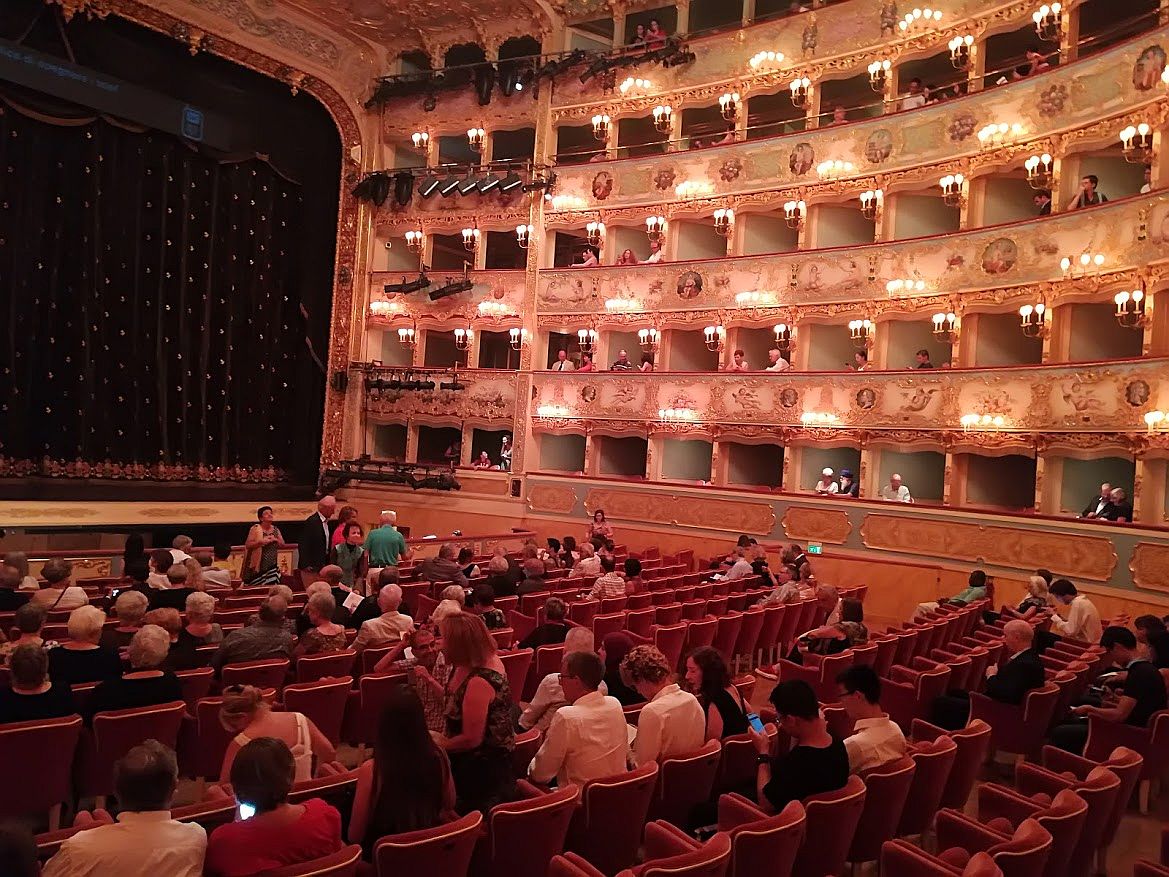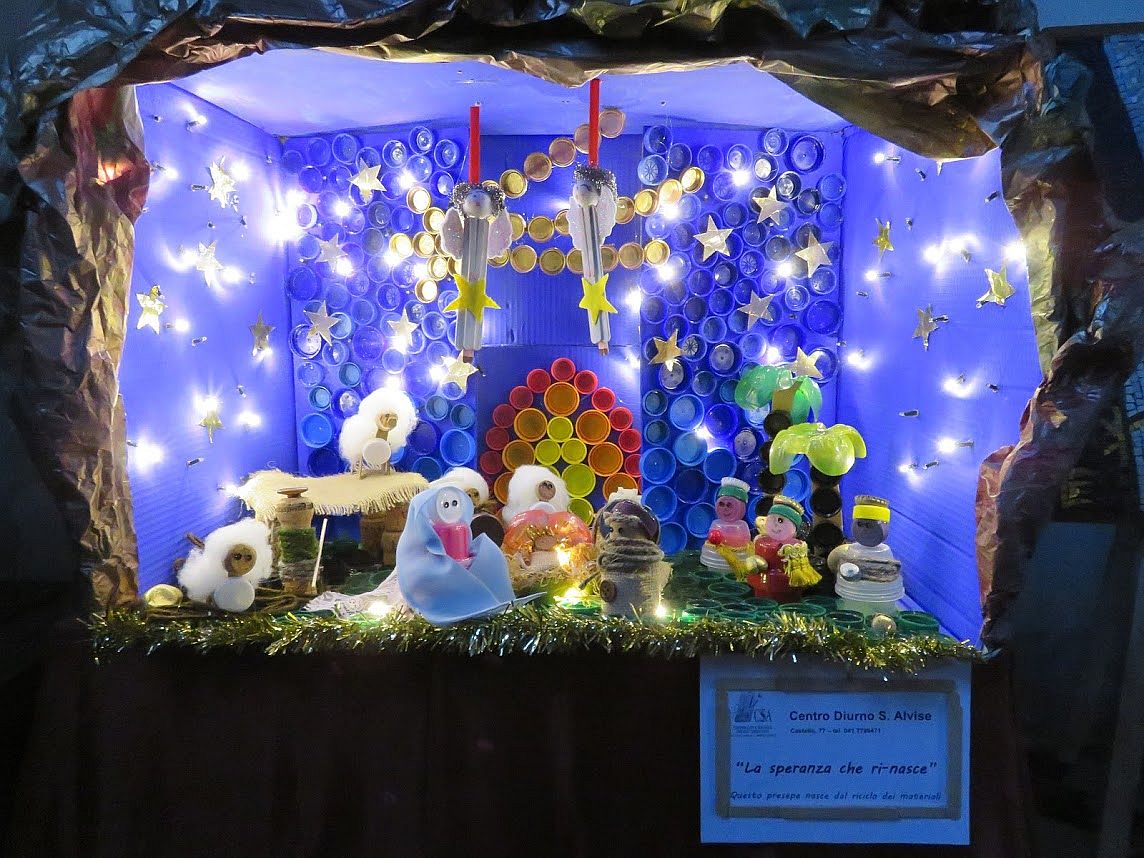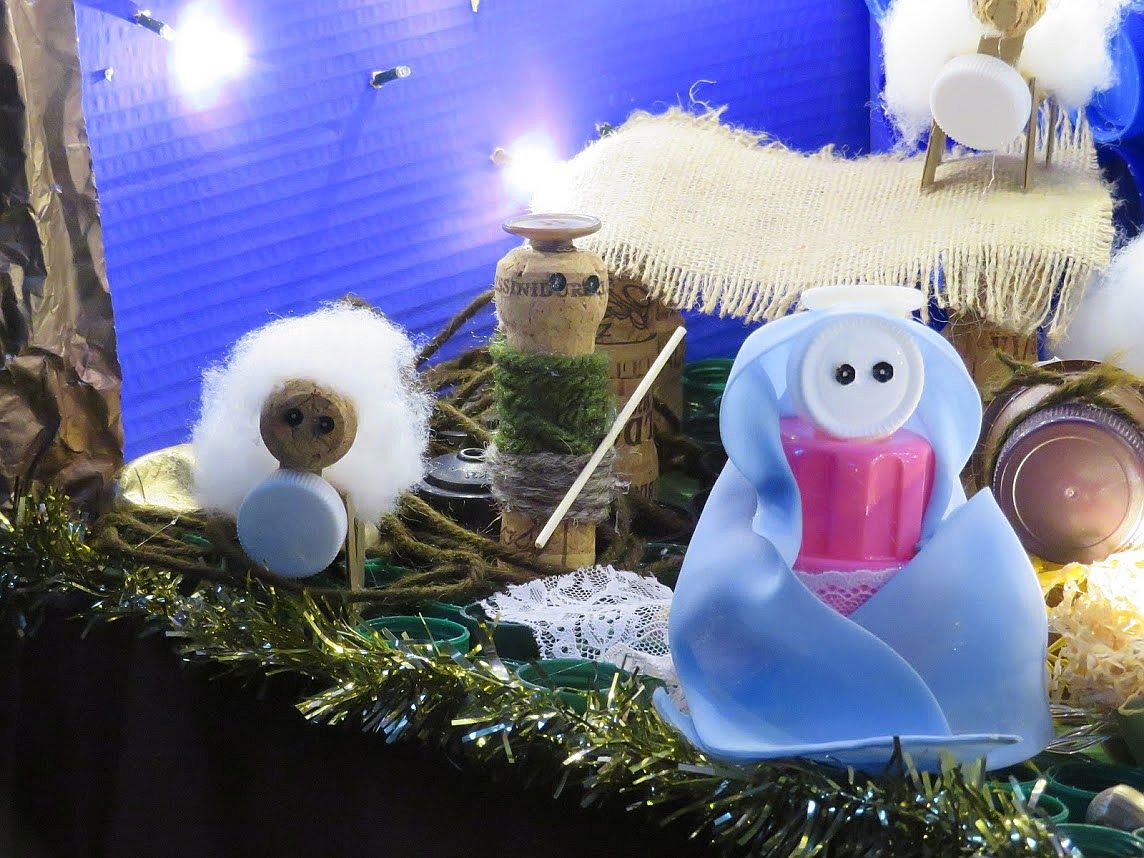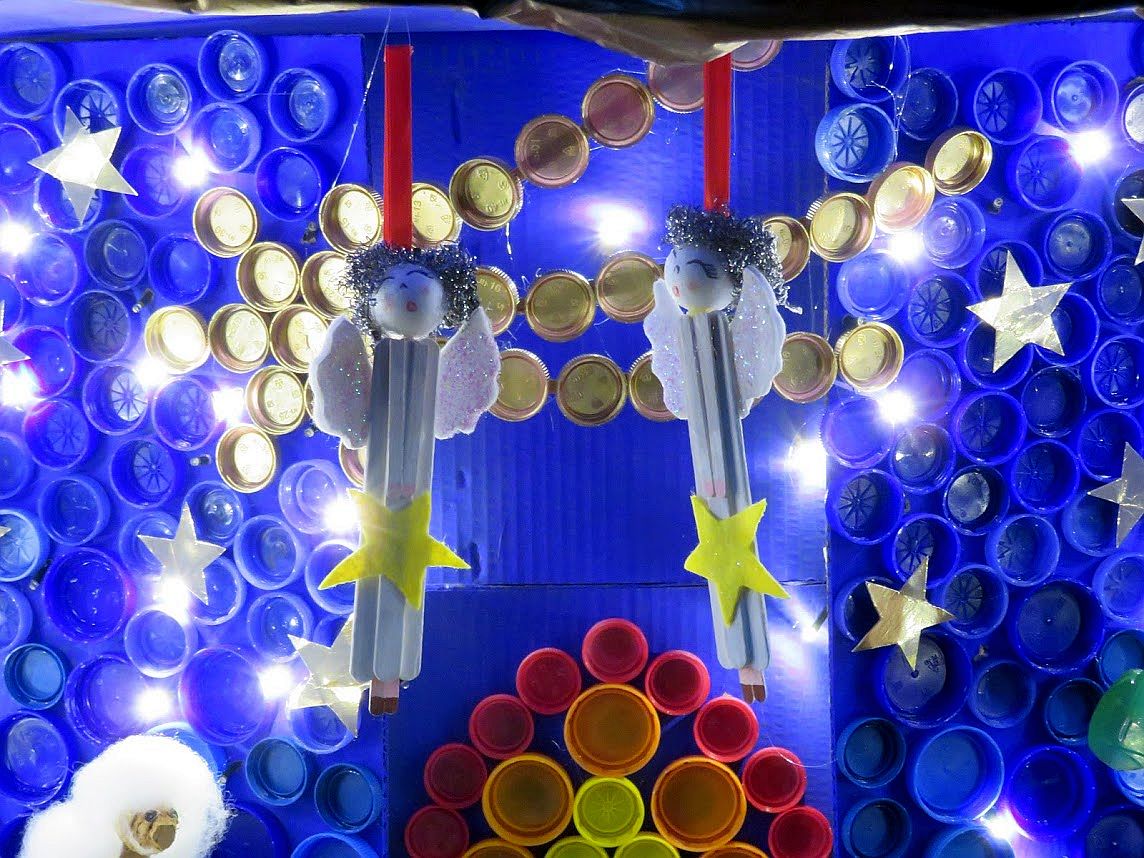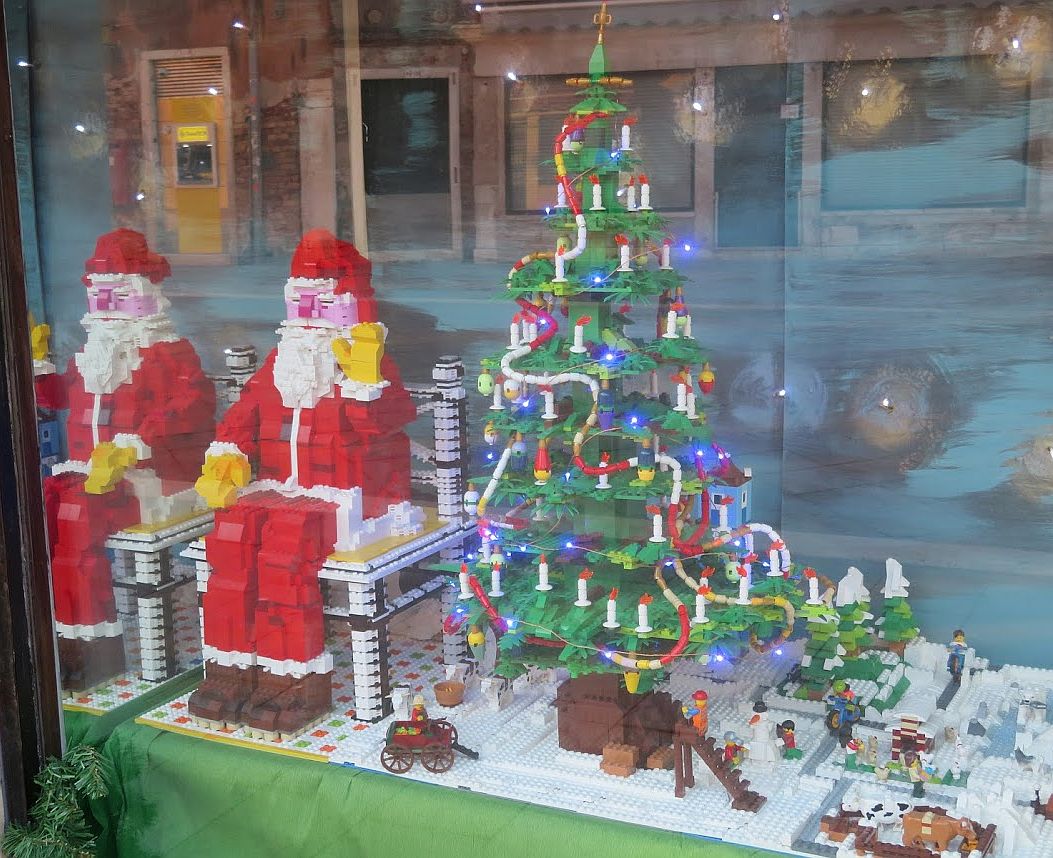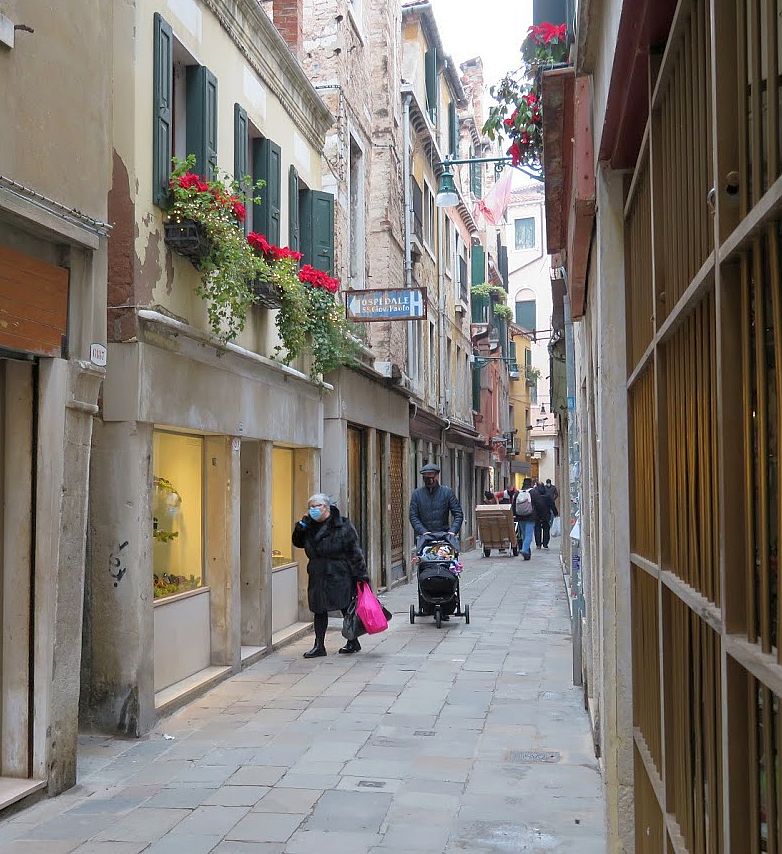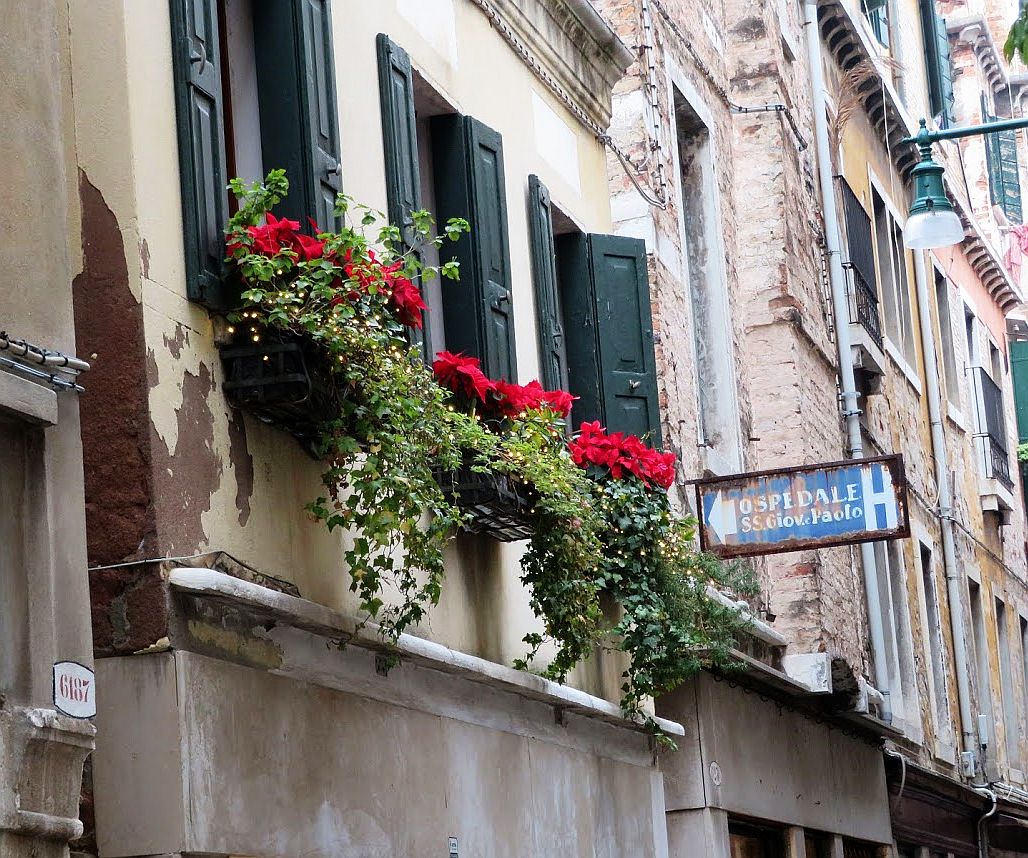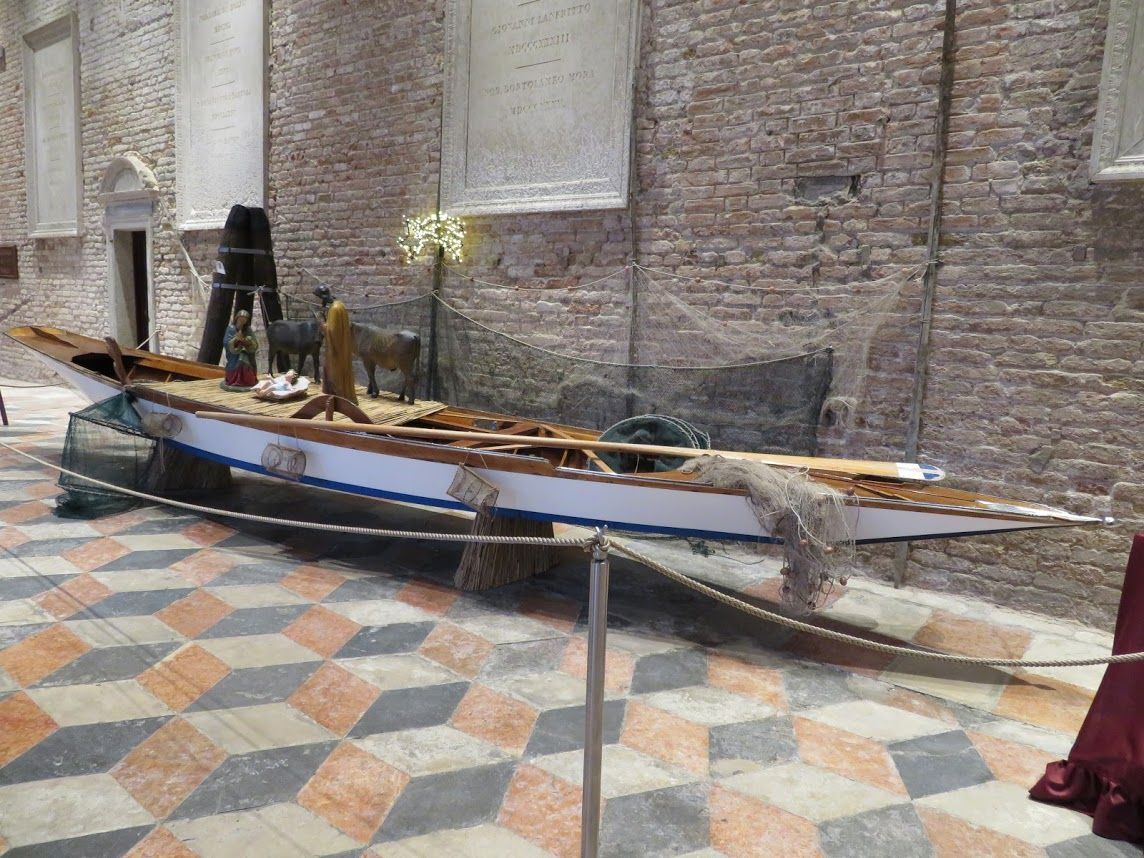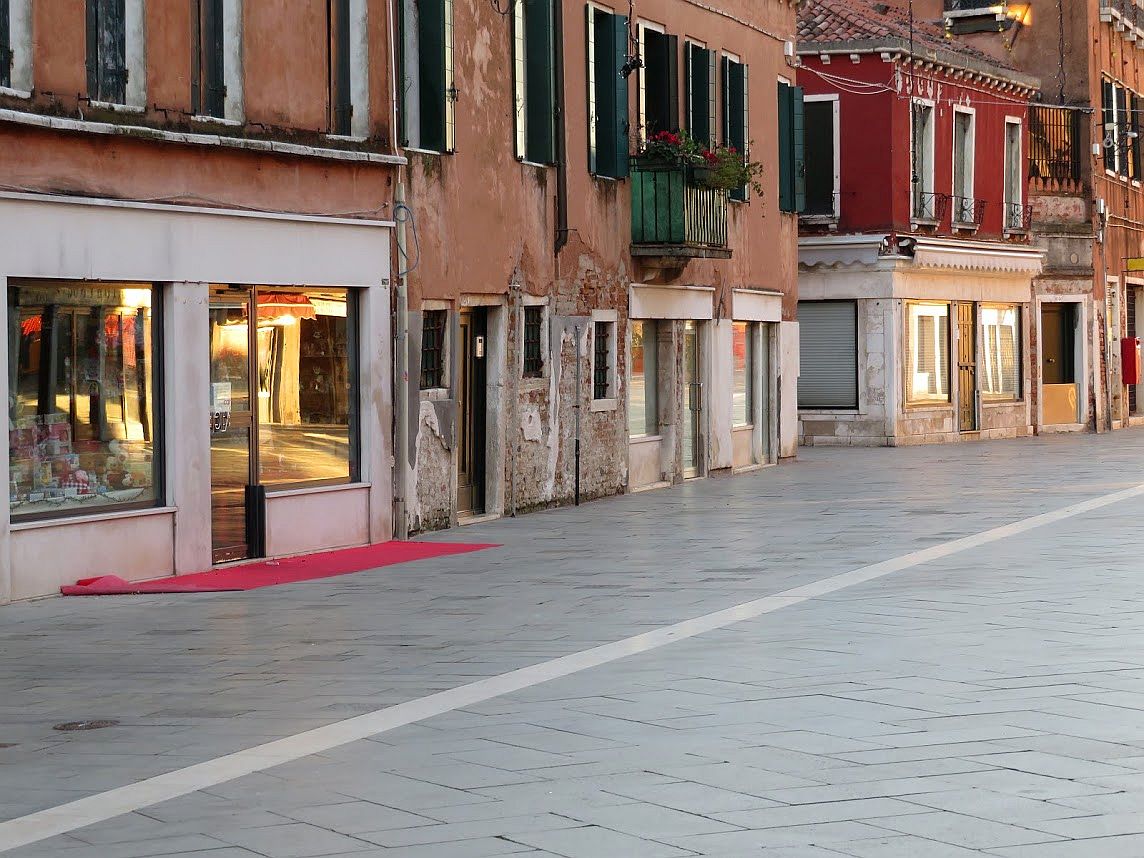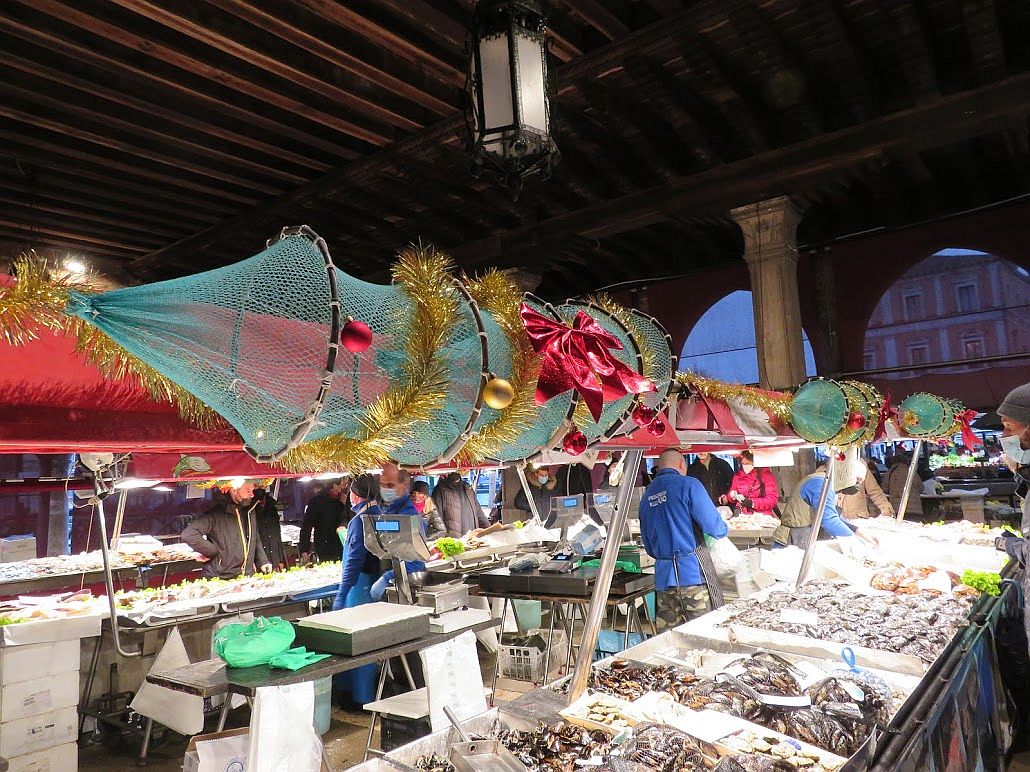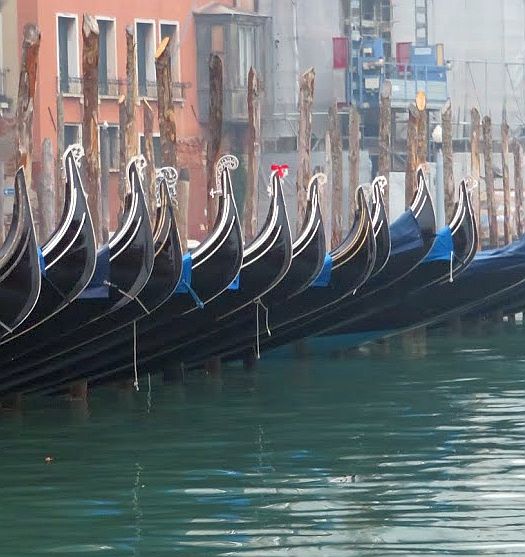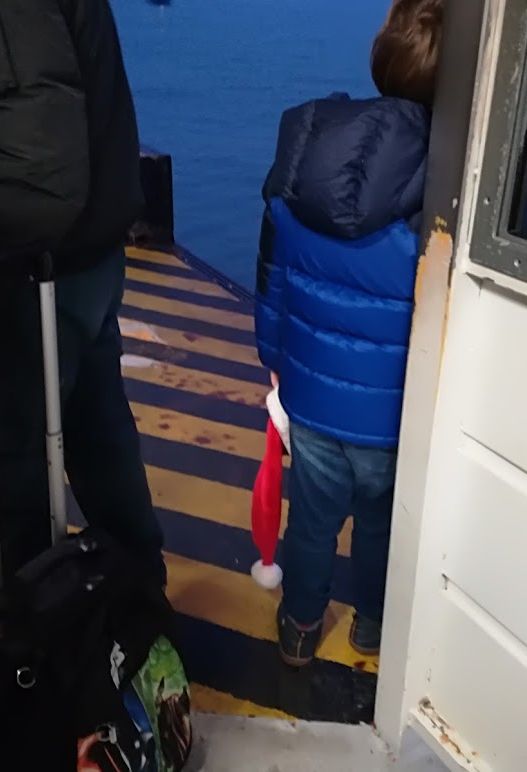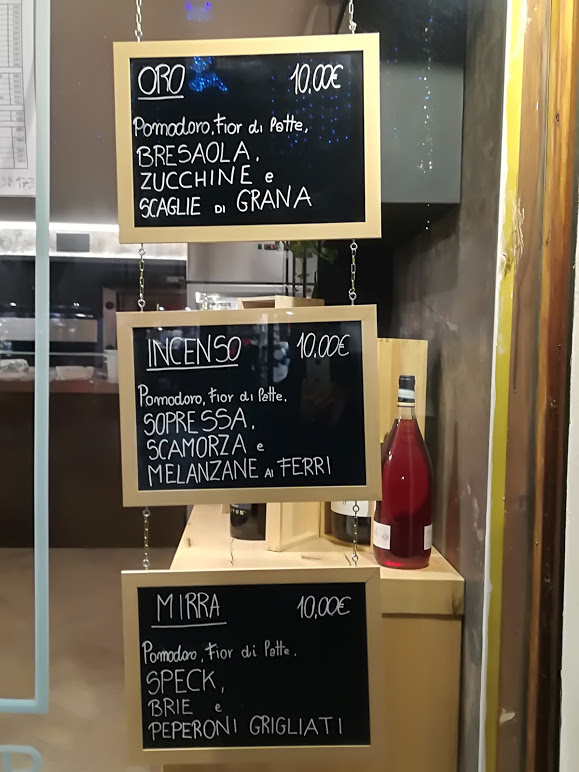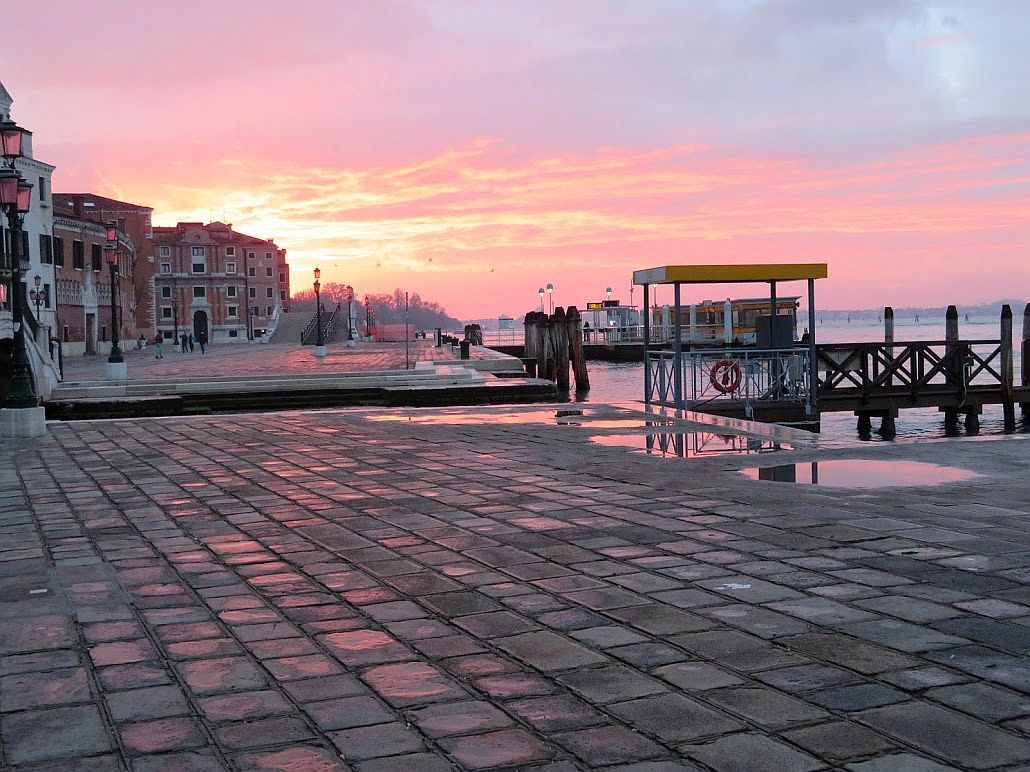This doesn’t relate to Venice, but a friend sent it and I want to share it.
Obviously I can’t do simultaneous translation, but I’m putting the translation below. Apart from what they’re saying, the expressions and tones of voice of the two men make the whole exchange something very funny at first, slowly becoming more thought-provoking. I think it’s safe to assume that Fabrizio is at some call center in heaven. (Most sincere apologies to anyone who might have reasons not to find anything amusing in all this.)
Note: The writers/actors are two brothers from Palermo, Fabrizio and Federico Sansone, who create comedy sketches under the name “I Sansoni.” You can find them on Facebook, YouTube, Instagram, Twitter, and TikTok.
Man A: Customer service?
Man B: Hello, I’m Fabrizio. How may I be of help to you?
A: I want to be reimbursed for 2020!
B (aside): We’ve got another one. (Faking voice): The lines are temporarily busy…
A: Look, don’t be a smart-aleck, I’ve been your client for 26 years and you have never sold me a year as ugly as this one. Never.
Man B: Excuse me, but why didn’t you like it? Did something in particular happen?
Man A: Something in particular? Only a world pandemic!
Man B: Okay, well, now let’s try to resolve your problem, and we’ll try to understand what to do, all right? Remain calm.
A: That is, Paolo Fox (TV personality and astrologer) at the beginning said this is the perfect year to go out, to travel, but maybe for coming out crazy it’s the perfect year.
B: Okay, fine, but that was a simple factory defect. The Paolo Fox program has been updated correctly.
A: That is…?
B: He always says asshole things, but in the end from now on he adds “Maybe.”
A: Such as?
B: Everything will be all right MAYBE. We’ll recover MAYBE.
A: So the fault for this pandemic is whose? The Pope? He’s the one I have to smack? The bats? The Chinese laboratories? Bugo? (A popular singer.)
B: Look, don’t go looking to blame. Look at the positive side! You’ve been at home for months, relaxing.
A: The first days, then I had to divorce.
B: Okay, for now many are divorcing their wives.
A: What wife? I divorced my parents! Maybe I’m the only case in Italy.
B: But in the summer things went a little better. No?
A: Yes, it’s true. There wasn’t any Covid. And then you know how it was? Everybody was open, closed, you had to disinfect all the bars, then the bars closed again, the schools, open, closed, half-open, you couldn’t understand. By now when I see a film, as soon as I see a film and see people who are kissing or hugging I get upset and I have to get up.
B: All right, let’s do this. I’ll talk to the owner and let’s see what I can do. Okay? Hold the line a minute.
(on-hold music: “We’ll make it…everything’s going to be fine…we’ll make it… everything’s going to be fine…we’ll make it…”)
B: All right, look. I spoke to the boss, and we can’t reimburse you for the year.
A: Why not?
B: But we can offer you unlimited masks, Amuchina (a disinfectant) for everybody and 1000 kilometers of moving around from one Comune to another even without relatives. You like it?
A: But you think these things have the same value of the things I’ve lost?
B: (silence)
A: The hugs, who’s going to reimburse me for them? The laughs with my friends that I couldn’t have, who’s going to give them back to me? The trips I couldn’t take, the people I couldn’t get to know? The normal life that I couldn’t live? These things, how do I get them back?
B: You can recover them if you don’t forget. If you don’t forget that a hug from your father isn’t something to take for granted. If you don’t forget that the laughs with your friends aren’t obvious. If you don’t forget that to know a new person, or take a trip, can change your life.
You can get everything back if when all is back to normal you fight for it, and go back to being amazed by everything that happens around us.
Maybe then, only in that moment, even 2020 will have served some purpose.
New Year … real life
A: Excuse me, but one last thing. For 2021, can I get insurance, so if things aren’t going well I can move straight to 2022?
B: You haven’t understood anything!
B: No, okay. I was asking for a friend.

